Author: Dirk Diepen, van
-

Octalysis Certificate Level 2 Achiever: Youssef Ouazzani
We like to showcase the work of people who have attained their Octalysis Certificate to show the standard of quality required to get the Octalysis Certificate, as well as give a taste of things people will learn in on the Octalysis Prime mentorship platform. While attaining a Level 1 Octalysis Certificate in itself is impressive and displays…
-
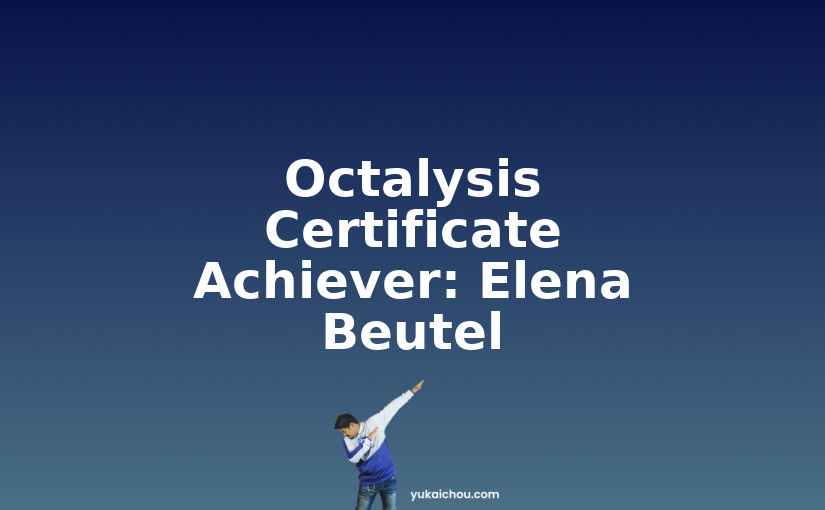
Octalysis Certificate Achiever: Elena Beutel
Our latest Octalysis Primer to attain the Level 1 Octalysis Certificate is Elena Beutel. Check out the Hall of Fame with every person who attained their Level 1 and Level 2 Octalysis Certificate! In 2018 Elena founded the Qatar Human Development Agency, with a vision and passion to help businesses do better by developing their…
-

Points, Badges, Leaderboards – Part 3 of 3
Last two weeks we discussed how behavioral design goes much further than the widely used Points, Badges, and Leaderboards. We discussed how points and badges can be a powerful addition to your design if used right. This week we will talk about how Leaderboards (GT #3) can make an experience more engaging when implemented correctly. The…
-
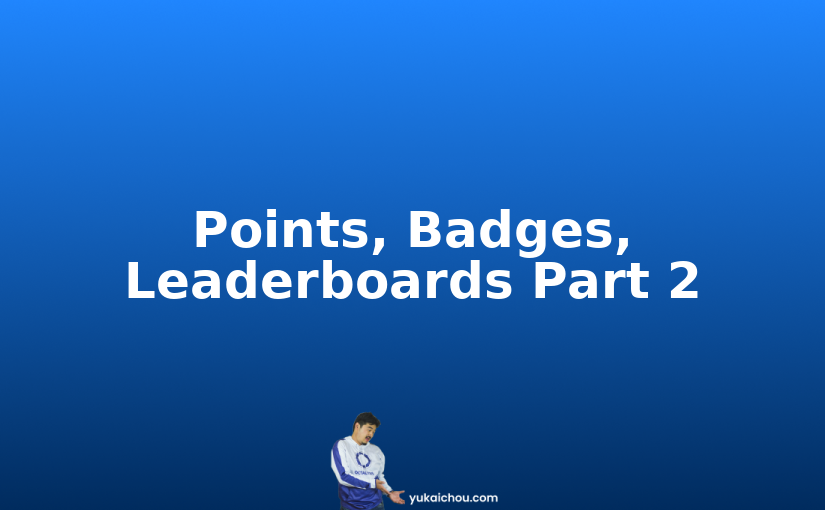
Points, Badges, Leaderboards – Part 2 of 3
Last week we discussed how behavioral design goes much further than the widely used Points, Badges and Leaderboards. It is, instead, about the right implementation of the right Game Technique at the right time and place, that makes for a successful design, and an engaging experience. However, points, badges, and leaderboards can be a powerful…
-
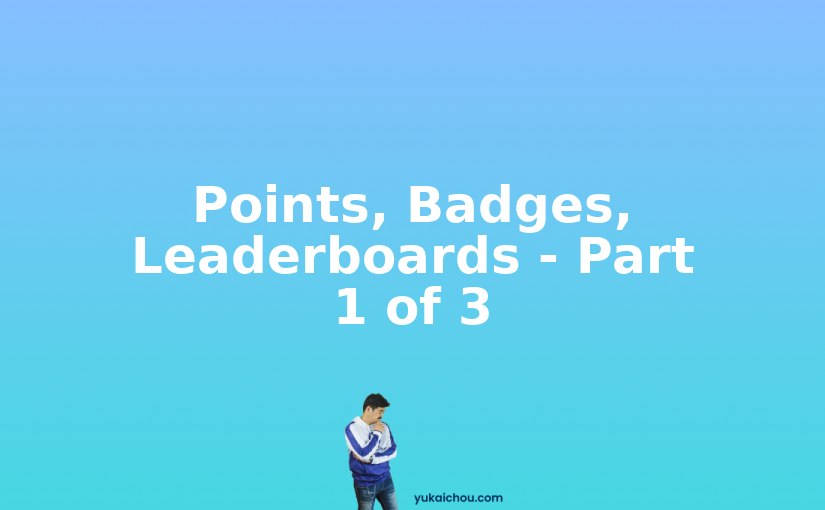
Points, Badges, Leaderboards – Part 1 of 3
Behavioral design goes much further than the widely used Points, Badges and Leaderboards. This principle is one that is at the core of Yu-kai Chou’s book: Actionable Gamification. However, points, badges, and leaderboards can be a powerful addition to your design, if used right. In Octalysis gamification we define two types of points: Status Points…
-
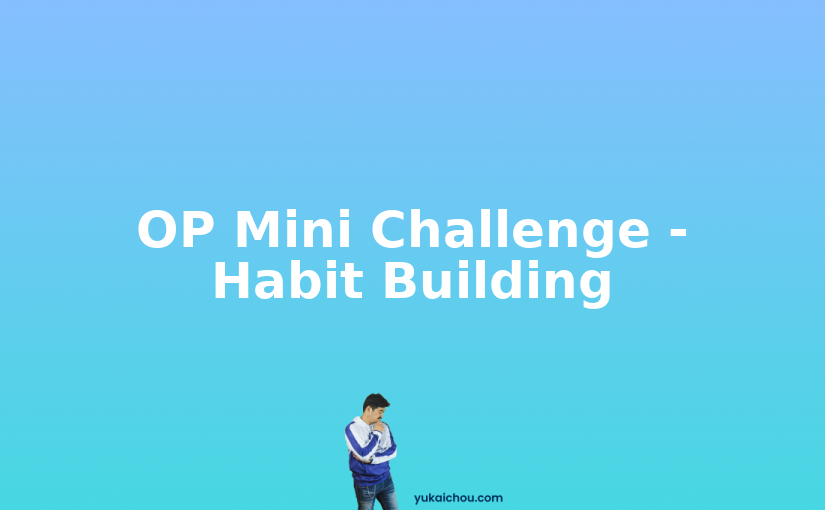
OP Mini Challenge – Habit Building
Two premium members of Octalysis Prime share their best answers to the Monday’s Mini Challenge on Habit Building in our Slack community.
-
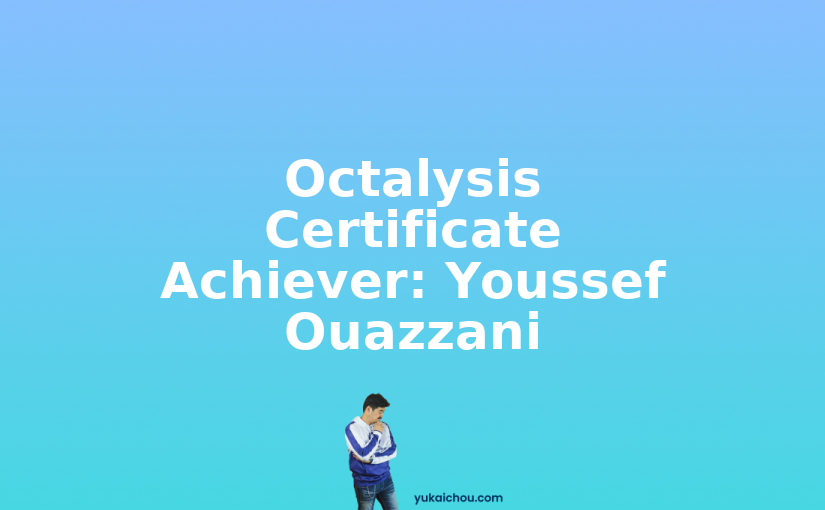
Octalysis Certificate Achiever: Youssef Ouazzani
Ever since we massively revamped our Octalysis Certificates, submissions have impressed us with higher quality. Here you can see the Hall of Fame with every person who attained their Level 1 and Level 2 Octalysis Certificate! Youssef Ouazzani – Association Marocaine des Jeunes Bénévoles Youssef Ouazzani committed to the effort of attaining his Level 1…